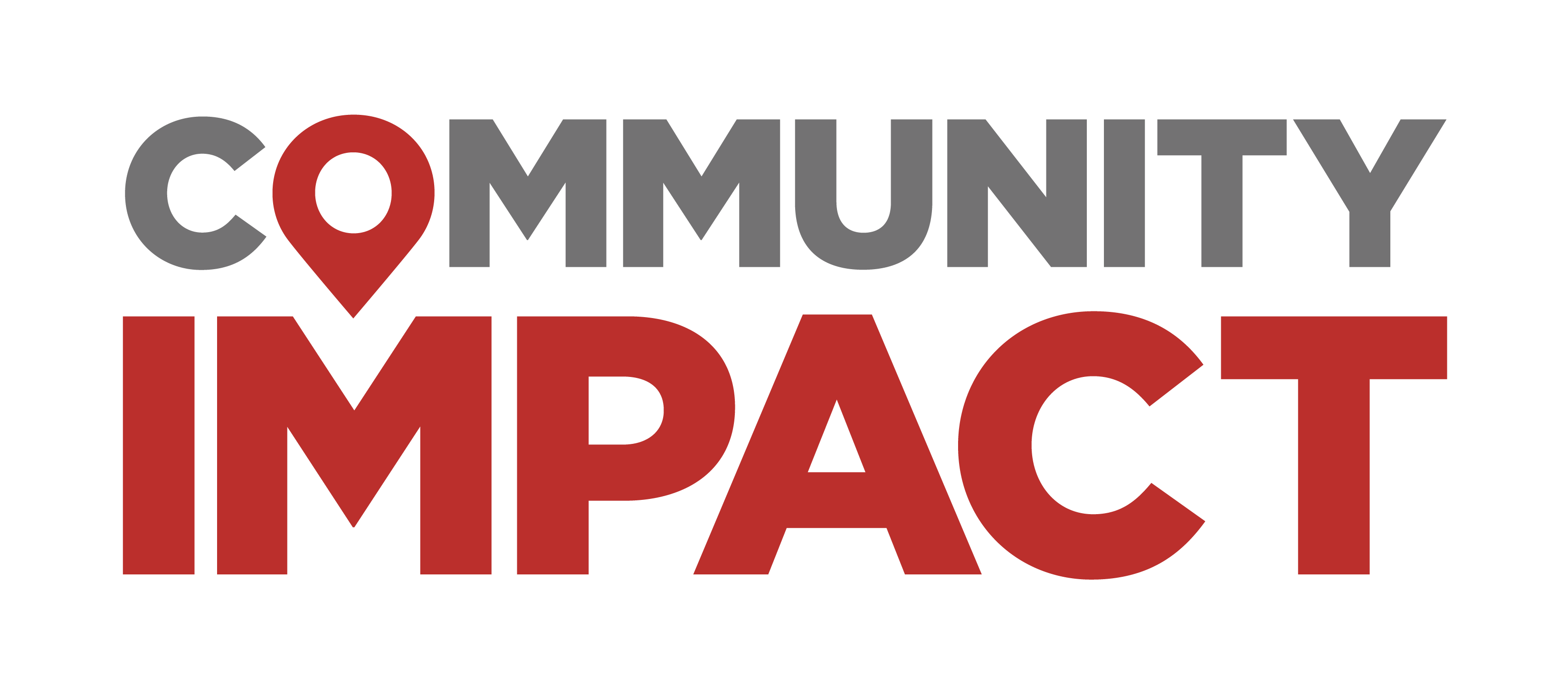After several years and with input from thousands of residents, Austin and Travis County’s first-ever food plan was approved by local leaders this fall.
It’s meant to address access and production issues experienced countywide, where less than 0.1% of food is grown locally and more than 1 in 10 people regularly struggle accessing healthy food. The work came in response to widespread food system setbacks and shortages amid the COVID-19 pandemic and Winter Storm Uri, and in anticipation of future climate disruptions.
Residents, local groups and governments will pursue dozens of strategies laid out in the “plan of plans” through the 2020s and beyond to fill the cracks in Central Texas’ food system by encouraging more local production, addressing disparities and improving lacking food access for residents.
"This food plan sets a historic precedent that equitable access to safe, nutritious food and the land in support of that is something that we all deserve and have a right to,” Joi Chevalier, The Cook’s Nook owner and Austin/Travis County Food Policy Board member, told county leaders in October.
How we got here
Austin officials launched the food planning process in 2021. Recent events exposed supply chain fragility and food access barriers, said city food policy manager Edwin Marty, prompting a response to such challenges and a shifting climate.
“It’s going to get hotter, drier, wetter and colder. All of these extremes are going to happen more frequently,” he said.
While a regional food policy board has existed since the late 2000s, Marty said it never had a public mandate for action until governments, nonprofits and residents came together on the new collaboration.
“This process is a model example of what an inclusive, intentional and meaningful community participation process can look like,” said council member Alison Alter.
The approach
The plan’s more than 60 approaches could change where residents can get healthy food, the cost, products available and who’s involved across the food system.
Preserving property for food-related uses, encouraging food production features in new developments and creating an urban farming plan are among the dozen concepts tied to land.
Some other strategies are meant to break down barriers for farmers and improve conditions for the many food workers earning below a living wage.
Zooming in
Those involved agreed local food access and resilience can improve if more food eaten here also comes from around Austin. Just 0.06% of food consumed in Travis County was grown here, according to the Department of Agriculture.
Transported food can be less fresh and leaves a much higher overall carbon footprint than local production and distribution. It also puts the area at risk of supply chain disruptions and access issues, like the grocery closures and shortages experienced in recent emergencies.
While Travis County still has hundreds of square miles of farmland, federal reporting shows much of it isn’t for food for consumption. Food policy stakeholders also said the area’s urban gardens and larger agricultural facilities are dwindling.
Marty said those trends will likely continue due to economic factors and escalating development across the region, which is seeing more farmland replaced with commercial space and housing. From 2017-22 alone, Travis County lost more than 200 farms and nearly 40 square miles of agricultural space.
“We expect [losses] in the next Agricultural Census to drop through the floor; we’ll probably have half that number of farms in the next five years. So pretty brutal,” Marty said.
Put in perspective
Hundreds of thousands of Central Texans regularly confront issues with food access and security, according to the national food system network Feeding America. At least 14% of Travis County’s population is food insecure, or lacking access to nutritious food.
Tracy Ayrhart, vice president of strategic insights with the Central Texas Food Bank, said that may now be even higher as food insecurity increases nationally. The new plan will address that need at a broad level, she said, as the area remains at the mercy of larger factors.
The plan also addresses food security for those who aren’t struggling to find meals daily. Lisa Barden, executive director of Keep Austin Fed, noted that many Austinites felt the pinch during recent winter storms.
“That’s why the average Joe should care,” she said. “We’re just one natural disaster away from suddenly not having food access because we don’t have any local food connection.”
Council member Vanessa Fuentes called the new community initiatives a “significant step” toward addressing insecurity, especially in areas across the east side.
Going forward
Many strategies likely won’t be completed in the plan’s five-year window. Challenges such as a lack of money for high-cost land preservation also lie ahead.
Officials are exploring funding for a new local food network to help implement the plan, Marty said Nov. 18. Austin is building a climate-centered bond package that could cover some of that, if approved in 2025 or 2026. Council also plans to budget funding for the plan.
Nitza Cuevas, program director for food business collaborative Good Work Austin, said the process set up those seeking to strengthen the food system, and that organizations involved are discussing new ways to collaborate.
Barden said strategies were designed to build off each other and may not be noticed right away. For example, setting up a “food hub” for smaller farmers to pool and distribute harvests could have wider-ranging effects on operations and local consumption over time.
“If you take them just one at a time, you don’t necessarily recognize the impact they’ll have," Barden said.
Haley McLeod contributed to this report.





